
Blog
Permafrost and Climate Change: Implications for the Global Economy
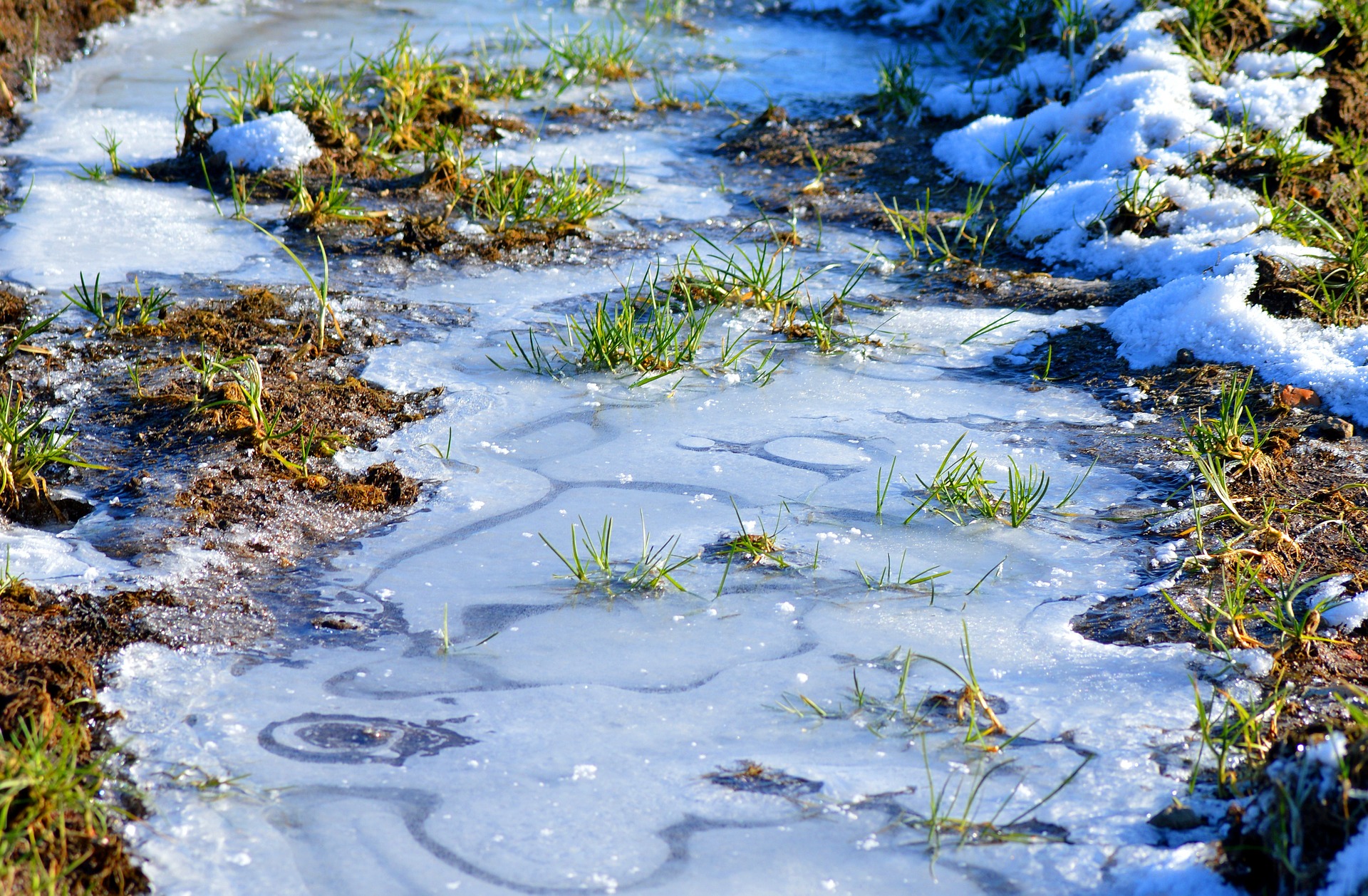
What do you really know about permafrost? It’s not just frozen ground—it’s a critical component of our planet’s ecosystem and economy. Covering nearly 24% of the Earth’s surface, this permanently frozen layer found in polar and high-altitude regions is thawing due to climate change, with effects that extend far beyond its icy borders. Surprisingly, it’s not just about the environment; permafrost has a direct impact on our global economy and even our everyday lives. So let’s explore how this hidden layer of ice and soil influences not just the planet, but also our wallets.
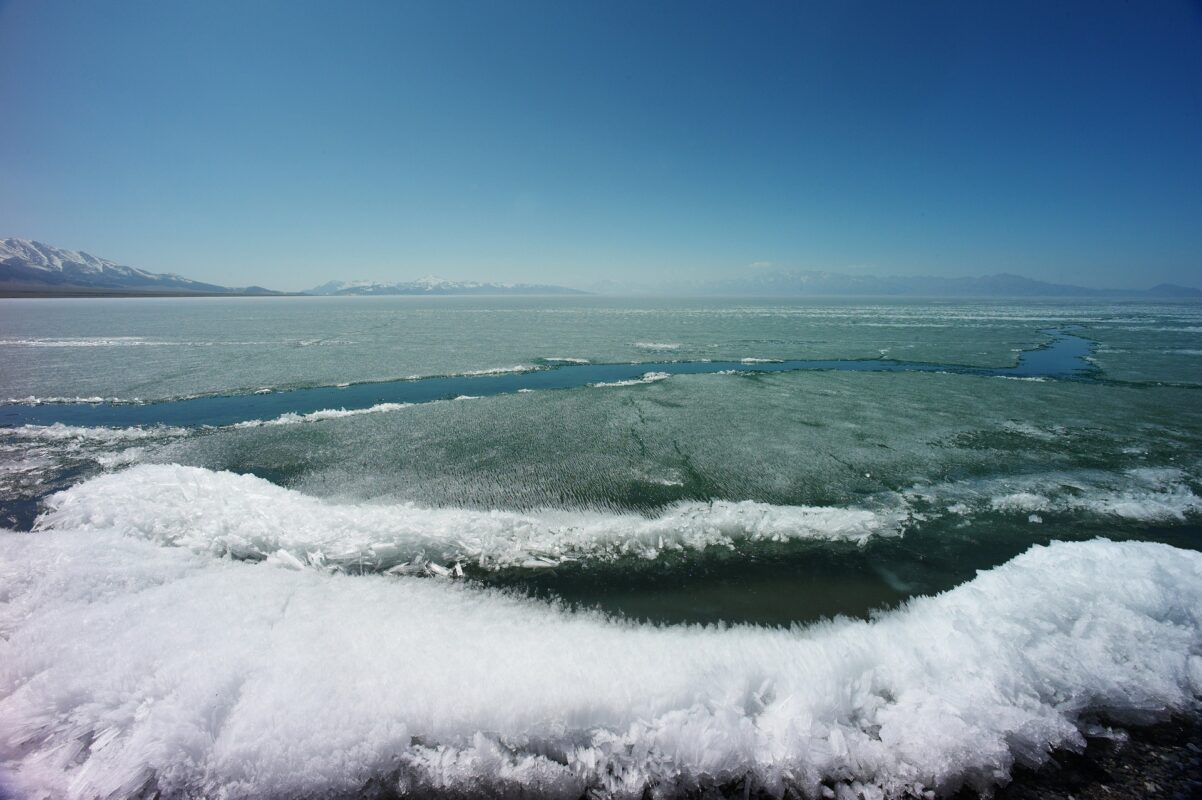
The Role of Permafrost in the Global Ecosystem
What role does permafrost play? It primarily serves two key functions.
Carbon reservoir
Permafrost serves as a massive carbon sink, preserving vast amounts of organic matter like dead plants and animals that have accumulated over millennia. Researchers estimate that it contains about 1,500 gigatons of carbon—almost twice the current carbon levels in the atmosphere. When this frozen layer begins to thaw, it releases potent greenhouse gases such as carbon dioxide and methane, which accelerate global warming. This self-reinforcing feedback loop is a pressing issue for scientists and policymakers worldwide.
Foundation for infrastructure
Permafrost also provides the foundation for infrastructure in Arctic regions. Roads, pipelines, and buildings are constructed atop this frozen ground. Thawing permafrost destabilizes these structures, leading to costly repairs and disruptions.
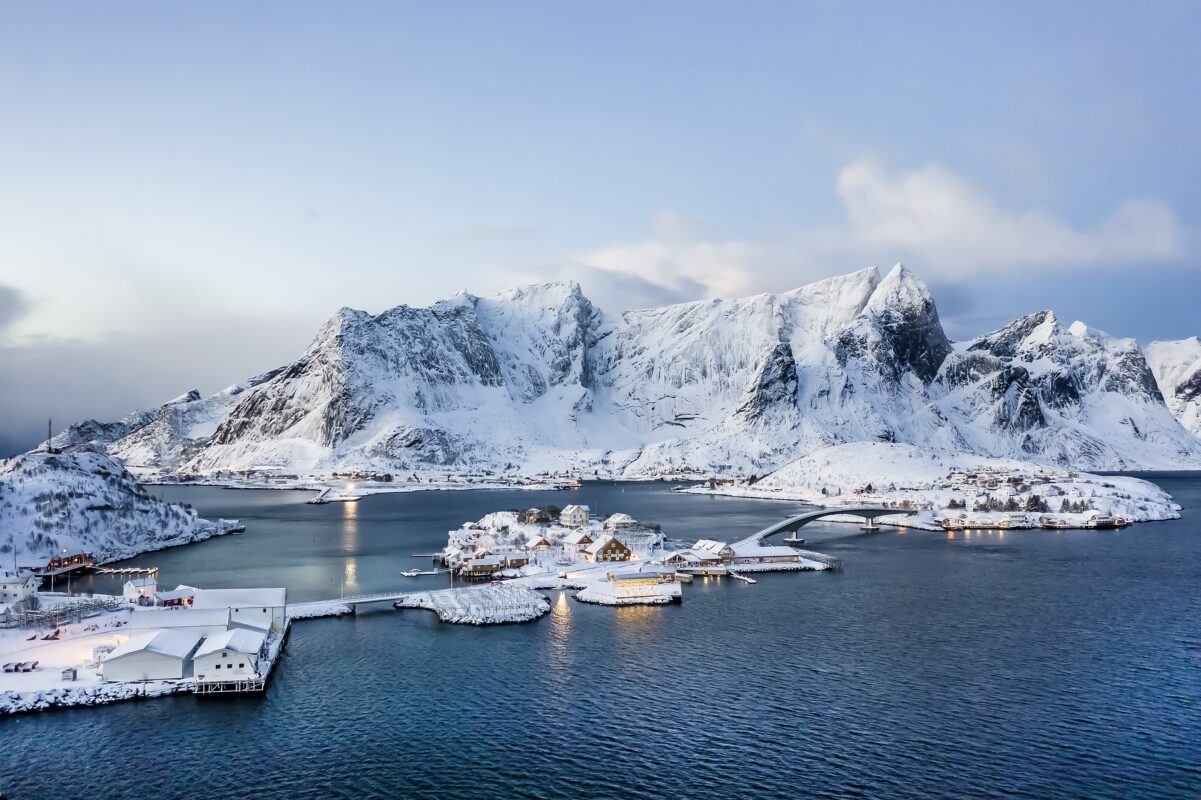
Economic Costs of Thawing Permafrost
Thawing permafrost has significant economic implications, with direct and indirect effects:
- Infrastructure Damage
Thawing permafrost leads to ground instability, damaging roads, bridges, and pipelines. For example, Alaska faces an estimated $1.6 billion in permafrost-related infrastructure damages by 2100. Russia, with 65% of the world’s permafrost, experiences severe impacts, particularly in Siberia, where railways and oil pipelines are at risk. A 2020 article from The Moscow Times mentions that researchers found the value of buildings and infrastructure on Russian permafrost amounts to $300 billion.
- Greenhouse Gas Emissions
As permafrost thaws, it releases methane and carbon dioxide, exacerbating climate change. The resulting economic impacts include extreme weather, agricultural losses, and rising sea levels, which could cost tens of trillions of dollars annually by the century’s end. - Impacts on Indigenous Communities
Thawing permafrost is disrupting traditional hunting and fishing practices for Arctic Indigenous communities, forcing them to relocate and adapt to new environments. As these communities adjust to these changes, they risk losing their long-standing traditions, languages, and ways of life that have been passed down through generations. This threat is particularly prominent in Siberia. - Economic Opportunities
Melting ice opens new shipping routes, such as the Northern Sea Route, reducing shipping times and costs between Europe and Asia. It also exposes untapped reserves of minerals and fossil fuels, driving resource extraction in Arctic regions. A 2018 study by the Russian Academy of Sciences estimated that the economic value of the NSR could reach $7.6 billion annually by 2030 if the route is fully developed.
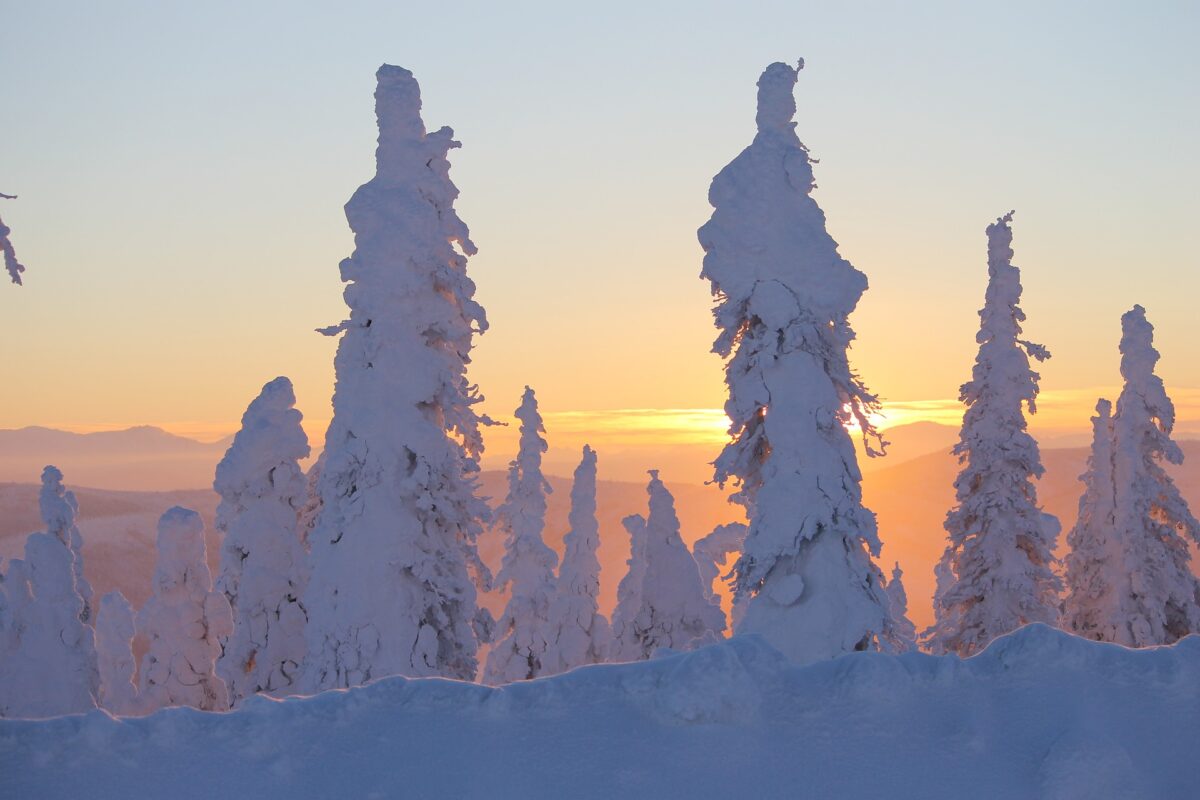
Approximately 50% of Canada is covered by permafrost. So, Canada also faces significant economic consequences due to thawing permafrost, particularly in its northern regions:
- Infrastructure Damage
In Canada’s northern territories, many key infrastructures, such as roads, airports, pipelines, and buildings, are built on permafrost. As the permafrost thaws and the ground becomes unstable, these structures face the risk of sinking or collapsing. The cost of repairing or replacing damaged infrastructure is projected to run into billions of Canadian dollars. - Greenhouse Gas Emissions
Thawing permafrost in Canada contributes to the release of methane and carbon dioxide, which accelerates global warming. The resulting impacts include more frequent and intense wildfires, flooding, and crop failures, all of which have severe economic consequences. - Indigenous Communities
For many Indigenous communities in northern Canada, permafrost is integral to the stability of their environment and traditional practices such as hunting, fishing, and traveling. It is estimated that over 150,000 Indigenous people live in Canada’s northern regions, and many of them face these environmental risks. The costs of adaptation, including relocation and infrastructure changes, put a strain on both local and national budgets. - Economic Opportunities
On the flip side, the thawing of permafrost also opens new economic opportunities. As ice melts, new shipping routes, like the Northwest Passage, become navigable, potentially reducing shipping costs and time between Europe and Asia. However, when considering the negative impacts, the overall situation remains quite dire.
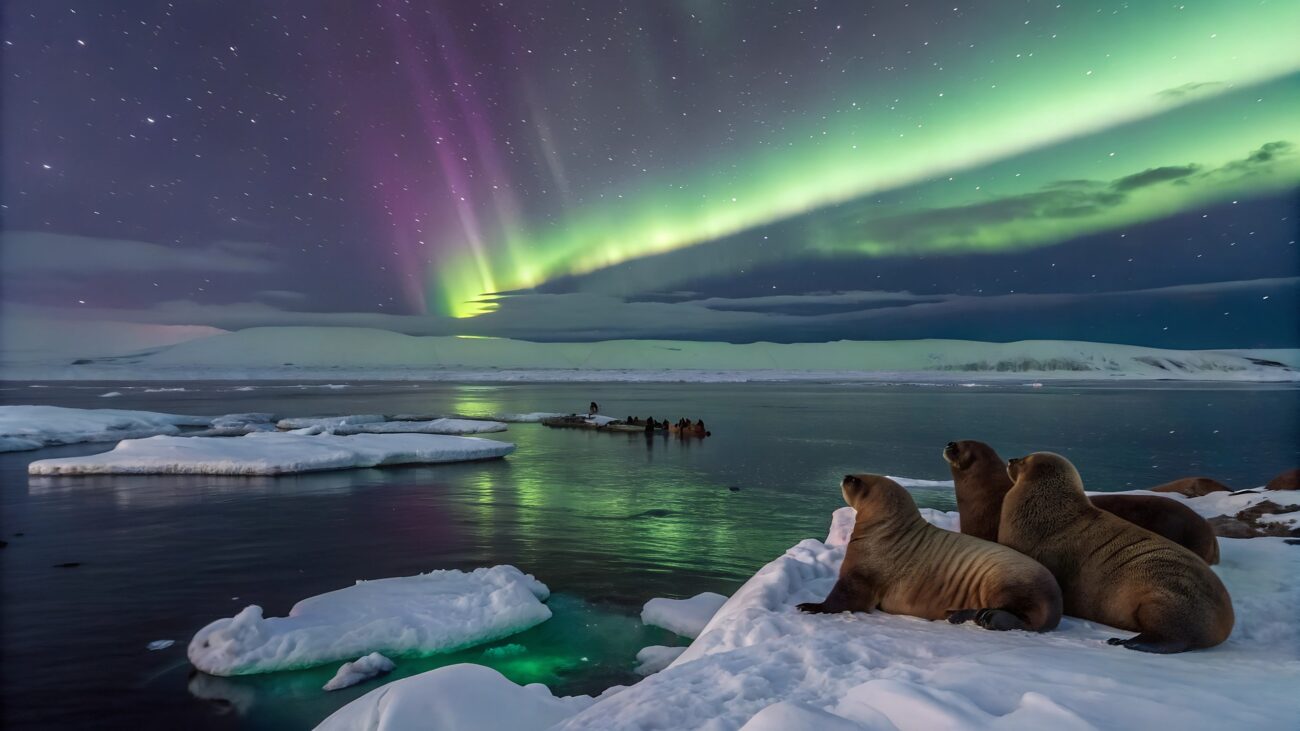
Mitigation and Adaptation Strategies
Addressing the economic challenges posed by permafrost thaw requires a combination of mitigation and adaptation strategies:
- Investing in Resilient Infrastructure: Governments and businesses must design infrastructure that can withstand shifting ground. This includes using adjustable foundations and materials that adapt to changing conditions.
- Reducing Greenhouse Gas Emissions: Slowing the rate of permafrost thaw requires aggressive action to limit global warming. Investing in renewable energy, improving energy efficiency, and implementing carbon capture technologies are critical.
- Monitoring and Research: Ongoing research into permafrost dynamics is crucial for prediction and planning. Remote sensing and ground-based monitoring provide valuable data, and Russia’s Arctic region would benefit from greater international collaboration on these efforts.
- Supporting Arctic Communities: Supporting Indigenous and local communities with funding for relocation and cultural preservation can aid adaptation. For Russia, incorporating Indigenous knowledge into climate strategies could provide innovative local solutions.
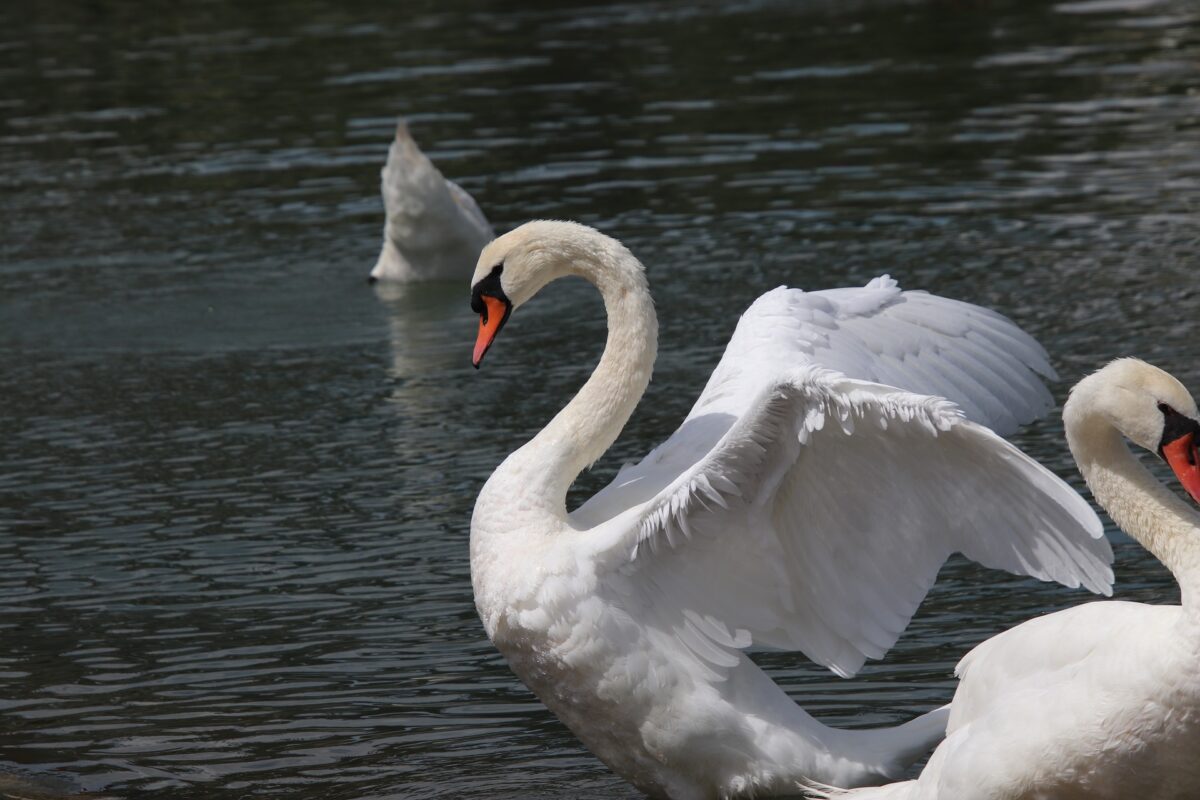
Conclusion
The thawing of permafrost is both a symptom and a driver of climate change, with significant consequences for the global economy. Russia faces particularly high stakes, dealing with risks like infrastructure damage and rising emissions, but it also has potential economic gains through new shipping routes and resource extraction. The challenge is to balance these opportunities with the urgent need for sustainability.
It’s not only Russia that is suffering from permafrost thaw; the effects will be felt globally. To address this, we must take action to combat climate change, such as investing in or participating in conservation efforts. Companies can contribute by improving their ESG (Environmental, Social, and Governance) scores and engaging in actions like carbon offsetting. We help businesses offset their carbon footprint through carbon credits. Let’s take action together and make a difference!
